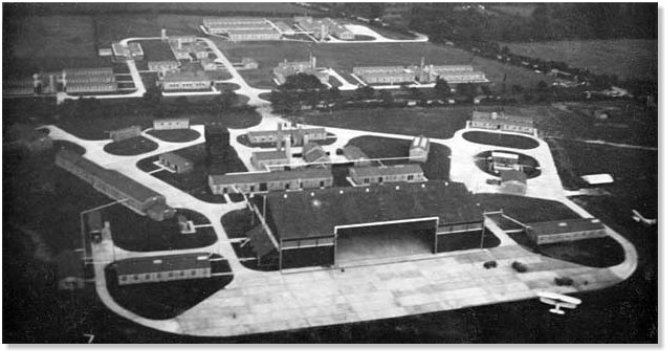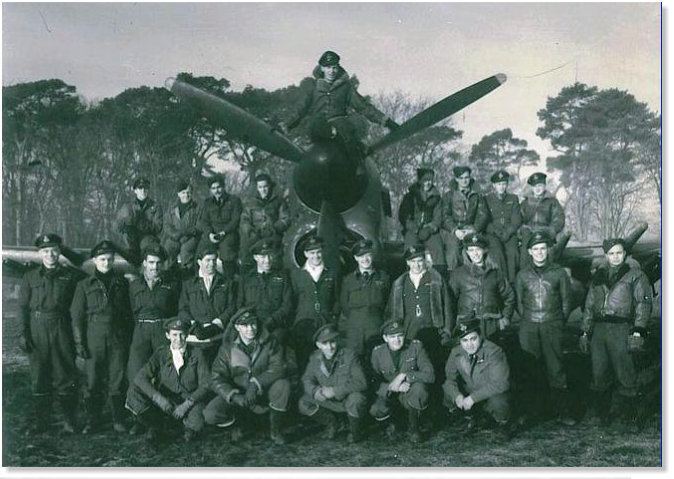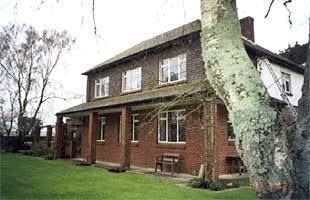Code XW Year built 1936 | In use 1937-1946 Built by Royal Air Force | |
 | ||
Type Royal Air Force station Controlled by Royal Air Force
United States Army Air Forces Condition Disused, reverted to farmland and quarrying, two hangars and some aircraft pens survive Battles/wars European Theatre of World War II
Air Offensive, Europe July 1942 - May 1945 Garrisons RAF Fighter Command, Ninth Air Force | ||
Raf warmwell battle of britain airfield as it is now
RAF Warmwell is a former Royal Air Force station near Warmwell in Dorset, England from 1937 to 1946, located about 5 miles east-southeast of Dorchester; 100 miles southwest of London.
Contents
- Raf warmwell battle of britain airfield as it is now
- Raf warmwell 2
- USAAF use
- 474th Fighter Group
- Current use
- References

During the Second World War it was used by the Royal Air Force and the United States Army Air Forces Ninth Air Force.

Raf warmwell 2
USAAF use

While under USAAF control, Warmwell was known as USAAF Station AAF-454 for security reasons, and by which it was referred to instead of location. Its Station-ID was "XW".
474th Fighter Group

The 474th Fighter Group arrived on 12 March 1944 from Oxnard Flight Strip California flying Lockheed P-38 "Lightnings". Operational squadrons of the group were:
The 474th was a group of Ninth Air Force's 70th Fighter Wing, IX Tactical Air Command.
The group continued operations on the continent providing tactical air support in support of U.S. First Army until V-E Day, being stationed at Bad Langensalza, Germany (ALG R-2) at the end of hostilities. The 474th FG returned to Camp Kilmer, New Jersey during November 1945 and was inactivated on 8 December 1945.
Current use
The site on which RAF Warmwell once lay is now a small village called Crossways, the original taxiway is still in use as a road through the village (where two dispersal pans still remain), and the old station cinema is now the village hall, the old ATC tower has now been converted into a dwelling (EGDON HOUSE) that has been extensively modified and is not easily recognisable as such. Two bellman style hangars still remain, rumoured to be used by local farmers for fertilizer storage, and other buildings exist in the woodland areas surrounding Crossways, although some have been demolished. One of the base's billets is now one of the local shops. During clearance work in preparation for new buildings on the North East side of the old airfield a brick block house and a concrete rifle range were revealed. Both have now been demolished but the photographs shown were taken just prior to their removal. Further clearance to build an access road has resulted in the excavation of a group of the aircraft tie-down points.
